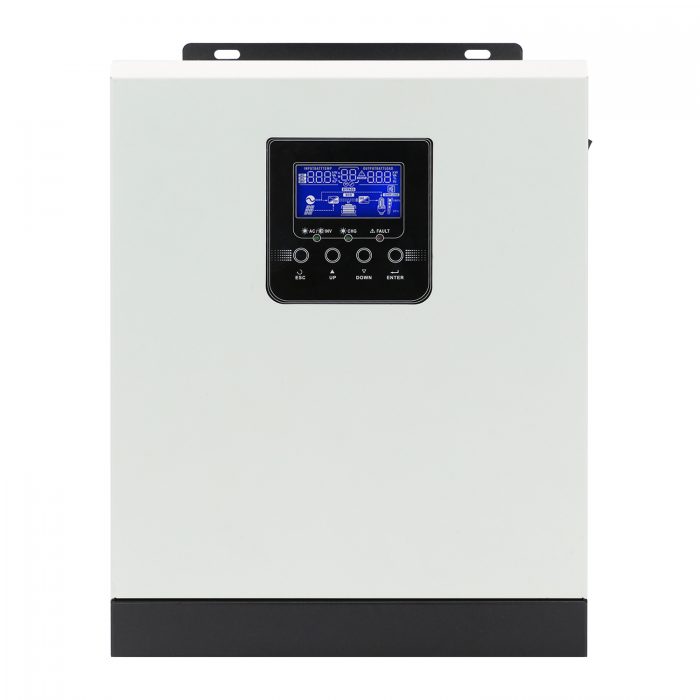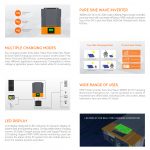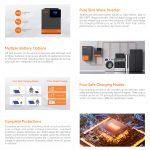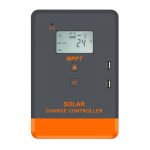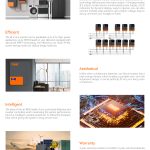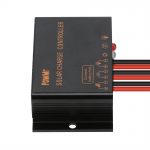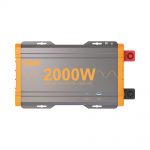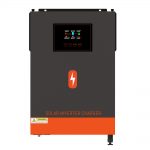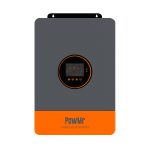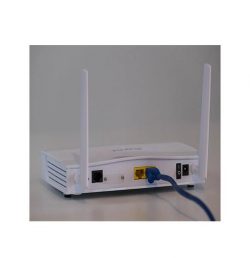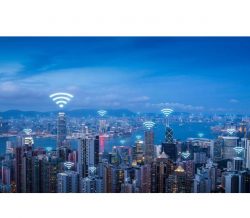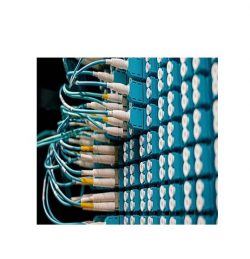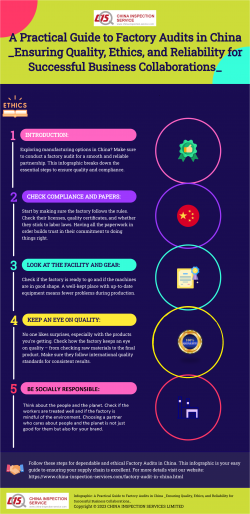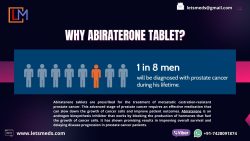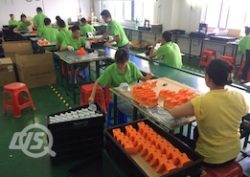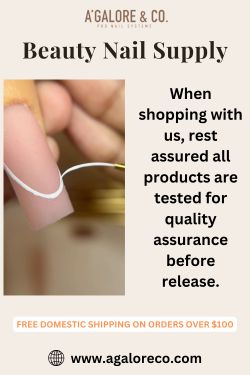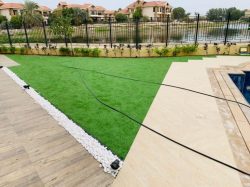60 Amp MPPT Solar Charge Controller
Depending on availability, households need between 80Ah and 220Ah (average). Household 150Ah is a common inverter battery capacity. To take the load of all the appliances you want to run during a power outage, you should make sure your inverter battery has enough capacity. The battery is the power source of the inverter. Where the inverter regulates the charge from the battery, the battery itself is responsible for maintaining the backup charge.
You can buy luminous batteries online as they are one of the most reliable brands for making backup generator sets and are very cost effective in the long run. But the important thing to remember here is to buy batteries based on your load so you have the backup you need in the event of a power outage. Smart Connected Inverters: These inverters can be easily connected to a smartphone via an app and share real-time inverter battery performance statistics.
Smart 24V Inverter are available for Bluetooth and WiFi technologies. When shopping for solar cells, pay close attention to the power capacity provided by each cell. Choose a battery that provides enough energy to power your house and avoid wasting money on solar cells, which store more power than your home can actually use. Another way to power a solar home at night is to use net metering, a billing method that is increasingly popular in the United States. MPPT solar charge controller negative ground and positive ground.
In short, all vehicles have negative ground systems, so when choosing an MPPT solar charge controller for RVs and cars, remember to choose a negative ground charge controller. The Importance of MPPT Solar Charge Controllers. When you look at many solar panels out there and start seeing their results, you will see voltages ranging from low to high, with changes in voltage under normal operating parameters. Typical solar panels operate at more than 18 volts. Batteries are made to predetermined voltage ranges based on the cell structure.
Many work at 12 volts. For uninterrupted operation of the home 2000 Watt Inverter battery, the battery must be checked regularly. We recommend that you check the battery of the inverter every three months. The powmr series inverter batteries for home and commercial use require low maintenance compared to other brands under standard operating conditions. Using these tips, you can improve the performance of your inverter battery: Be aware that batteries contain a lot of electrical change and dangerous chemicals inside. Ensure proper physical safety arrangements during the following activities. The ILTT 18048N combined with the ZELIO series inverters is JODI’s best offering for areas with frequent power outages.
What are the best Solar Charge Controller The best MPPT solar controllers are the ones that best fit your solar system and meet your battery or storage requirements. All the details you need to know about your PV system, such as input and output power, maximum battery current, nominal system voltage (12V, 24V, 36V, 48V, 60V, 100V, 150V, and 200V, etc.). Do you just pick one and want everyone to be the same? Well, if you did, then that’s bad news for you, because while the battery looks about the same overall, there are a lot of differences between a reliable battery and a more affordable one.
The switching time is lower than that of offline UPS, generally around 5ms. Internal components provide filtering and voltage regulation. Online interactive UPS systems provide various input voltage variations before switching to battery backup. The technology has been particularly successful in areas where power outages are infrequent, but power fluctuations are normal. Knowing your load requirements is critical to finding the most efficient backup power solution. Here, you have to keep two things in mind – power requirements and volt-ampere (VA) ratings. Power Demand: The total power consumption of all appliances you want the inverter to run on.
SCF60 is a high-end 60-amp MPPT solar charge controller that supports 12V 24V 36V 48V system voltage automatic identification and automatic switching. A wide solar voltage input range of 18-150V is also supported. The MPPT conversion efficiency of the controller is as high as 99%, and the fan heat dissipation design is adopted to ensure that the machine always has high power output, and there is no load drop under high temperature, and the full power output is derated continuously throughout the day. The controller has a wide range of applications and can be installed and used in a variety of scenarios. Bulk Charge: In the bulk charge stage, the mppt controller works in the Vmpp mode, automatically adjusting the output voltage to charge the battery, ensuring that the system obtains the maximum power from the photovoltaic array. Unlike PWM, during the bulk charging phase, the output is at a constant value.
